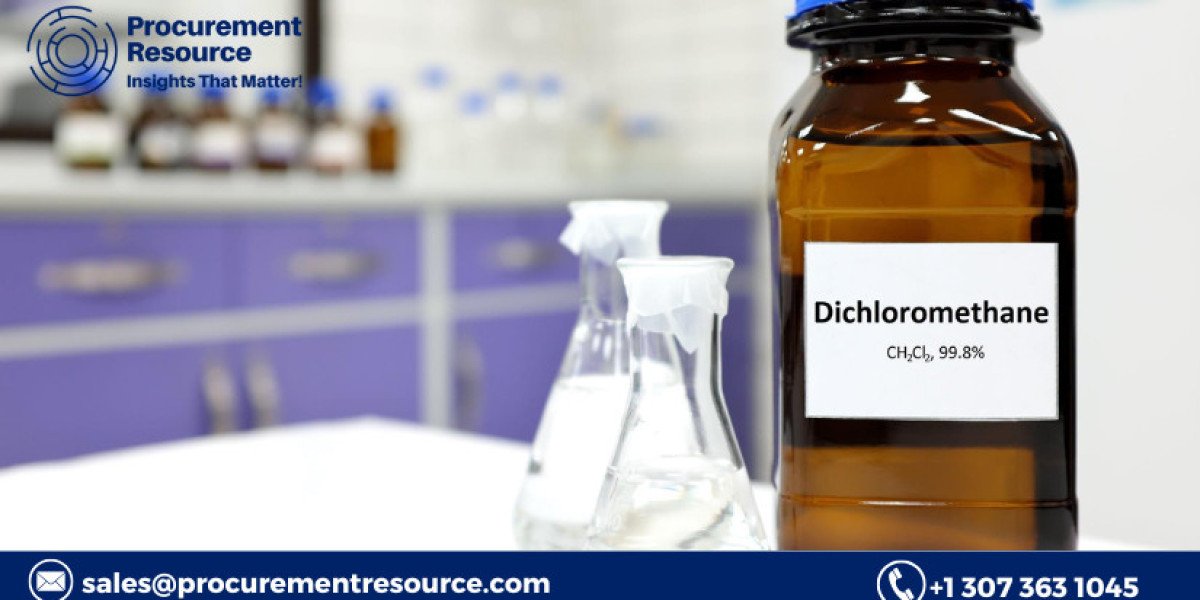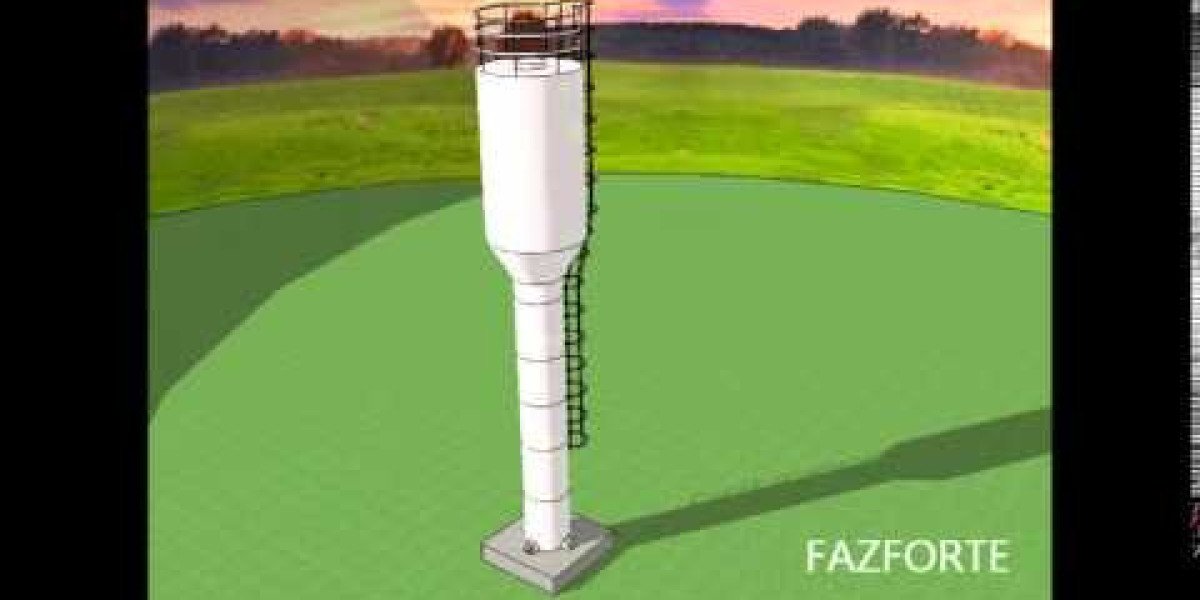Introduction
Dichloromethane, commonly known as methylene chloride, is a versatile chemical widely used in various industries including pharmaceuticals, paint stripping, adhesives, and food processing. As the demand for this compound continues to grow, understanding the nuances of establishing a dichloromethane manufacturing plant becomes crucial. This article delves into the essential aspects of setting up a production facility, from process technologies and raw material requirements to cost estimation and regulatory considerations.
Request a Free Sample – https://www.procurementresource.com/reports/dichloromethane-manufacturing-plant-project-report/request-sample
Process Overview and Production Technologies
Dichloromethane is primarily produced through the chlorination of methane. This process involves reacting methane with chlorine gas under controlled conditions to produce methyl chloride, dichloromethane, and chloroform as byproducts. Modern production methods focus on maximizing dichloromethane yield while minimizing the generation of other chlorinated compounds. Advances in catalyst design, process optimization, and reactor technology have significantly improved efficiency, reduced energy consumption, and enhanced product purity.
Raw Material Requirements and Supply Chain
Establishing a dichloromethane manufacturing plant necessitates a reliable supply of raw materials. Methane, obtained from natural gas or other hydrocarbon sources, is the primary feedstock. Chlorine, the second critical input, must be sourced from established chemical suppliers or on-site chlor-alkali production units. Ensuring consistent raw material availability, maintaining strict quality control standards, and securing long-term supply agreements are vital steps in mitigating risks and ensuring steady production.
Read Full Report With Table Of Contents – https://www.procurementresource.com/reports/dichloromethane-manufacturing-plant-project-report/toc
Market Demand and Applications
The market for dichloromethane spans several end-use industries. In the pharmaceutical sector, it serves as a solvent for drug synthesis and purification. The chemical industry relies on it for polymer processing and as a key component in the production of aerosols and coatings. In food processing, dichloromethane is utilized for decaffeination and other extraction processes. The diverse application spectrum and robust demand growth underscore the need for efficient manufacturing facilities to meet global consumption trends.
Environmental and Regulatory Considerations
Operating a dichloromethane manufacturing plant involves complying with a range of environmental and regulatory requirements. Dichloromethane is classified as a volatile organic compound (VOC) and a hazardous air pollutant (HAP), necessitating stringent emissions controls. Manufacturers must implement advanced scrubbing systems, adhere to workplace exposure limits, and ensure proper waste disposal procedures. Meeting international standards such as those set by the Environmental Protection Agency (EPA) or the European Chemicals Agency (ECHA) helps maintain market access and safeguards environmental integrity.
Procurement Resource and Cost Analysis
An integral part of planning a dichloromethane manufacturing plant project report is evaluating procurement resources. This includes identifying trusted suppliers for both raw materials and process equipment, as well as selecting reliable service providers for construction, maintenance, and logistics. A detailed cost analysis should account for capital expenditures (CAPEX) such as land, plant construction, and equipment purchases, as well as operational expenditures (OPEX) like raw material costs, utilities, labor, and maintenance. By leveraging procurement resources effectively, businesses can optimize costs and enhance project feasibility.
Technological Advancements and Sustainability Initiatives
Recent technological advancements have introduced more sustainable approaches to dichloromethane production. These include the development of energy-efficient chlorination methods, recycling of byproducts, and integration of renewable energy sources. In addition, companies are investing in carbon capture and utilization (CCU) technologies to mitigate greenhouse gas emissions. Embracing these innovations not only reduces the environmental impact but also positions manufacturers as leaders in sustainable chemical production.
Industry Challenges and Risk Mitigation
While the dichloromethane manufacturing industry offers significant opportunities, it also faces challenges. Market volatility, raw material price fluctuations, regulatory changes, and growing environmental concerns are key hurdles. To mitigate these risks, companies should adopt flexible production strategies, establish diversified supply chains, and maintain compliance with evolving regulations. Continuous investment in research and development (R&D) and a focus on process improvements can further strengthen operational resilience.
Regional Insights and Emerging Markets
Dichloromethane production is concentrated in regions with established chemical industries, such as North America, Europe, and parts of Asia. However, emerging economies in Southeast Asia, Latin America, and the Middle East present significant growth opportunities. These regions are witnessing increased industrial activity, rising consumer demand for pharmaceuticals and coatings, and supportive government policies aimed at bolstering local manufacturing. Understanding regional market dynamics and aligning production strategies with local demand patterns can enhance competitiveness and drive long-term growth.
Contact Us
Company Name: Procurement Resource
Contact Person: Amanda Williams
Email: sales@procurementresource.com
Toll-Free Numbers:
USA: 1 307 363 1045
UK: 44 7537171117
Asia-Pacific (APAC): 91 1203185500
Address: 30 North Gould Street, Sheridan, WY 82801, USA









